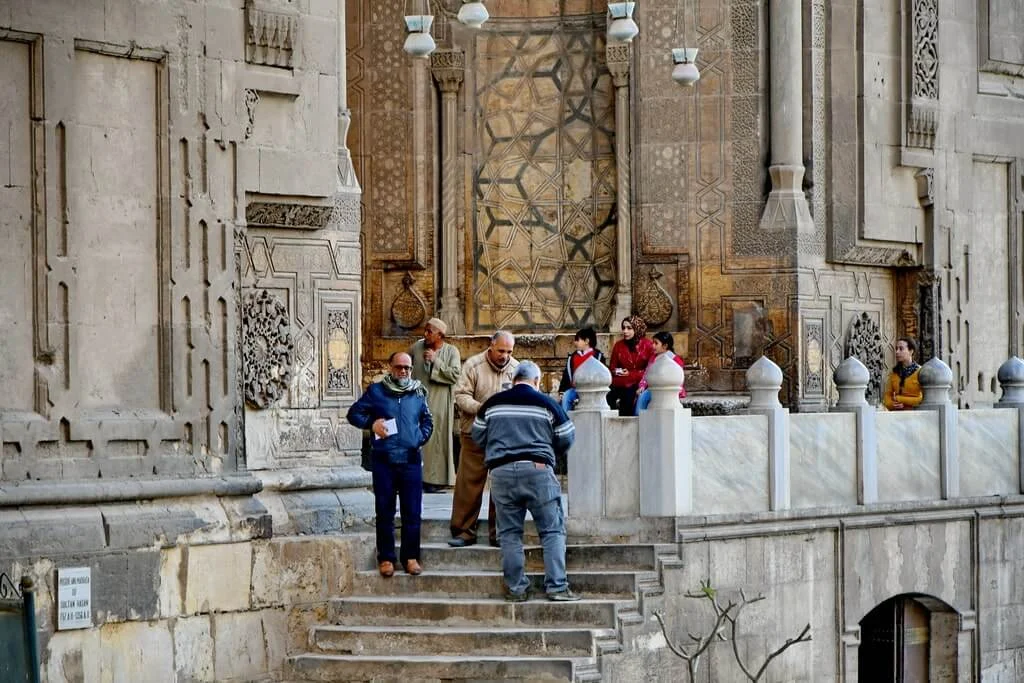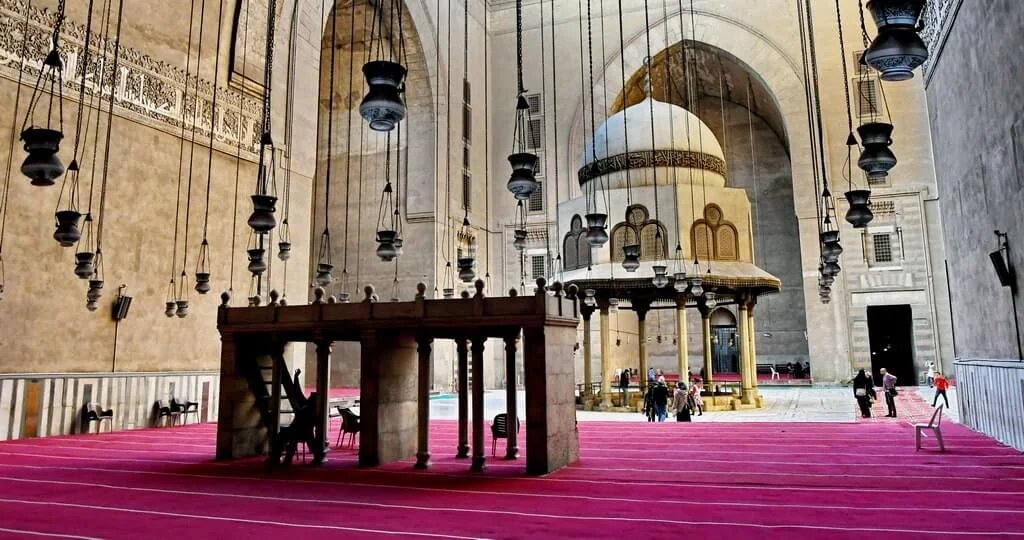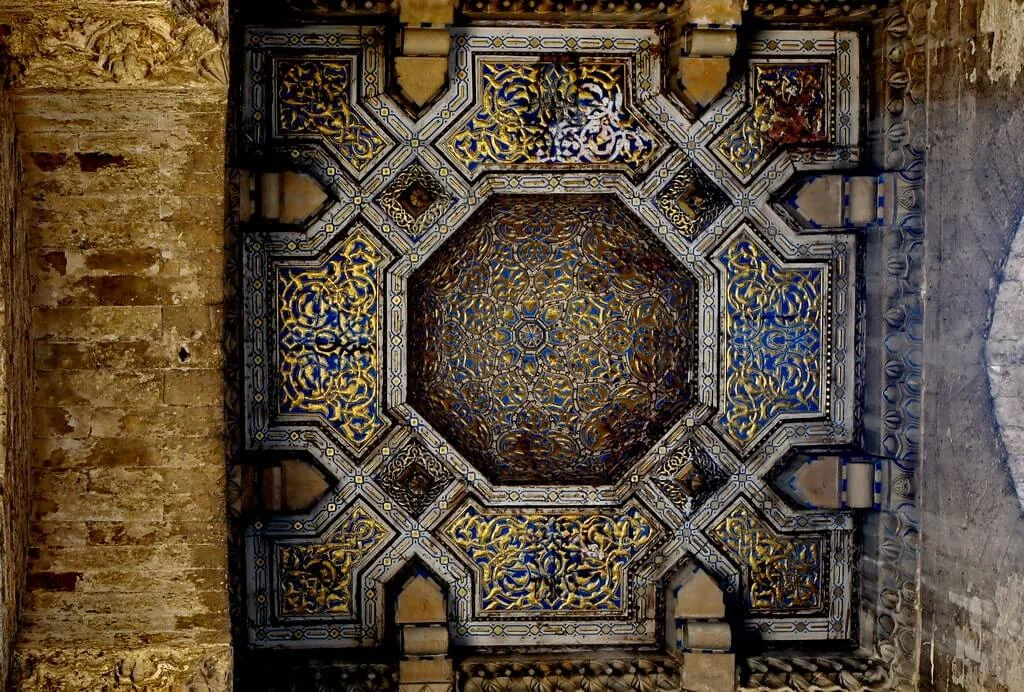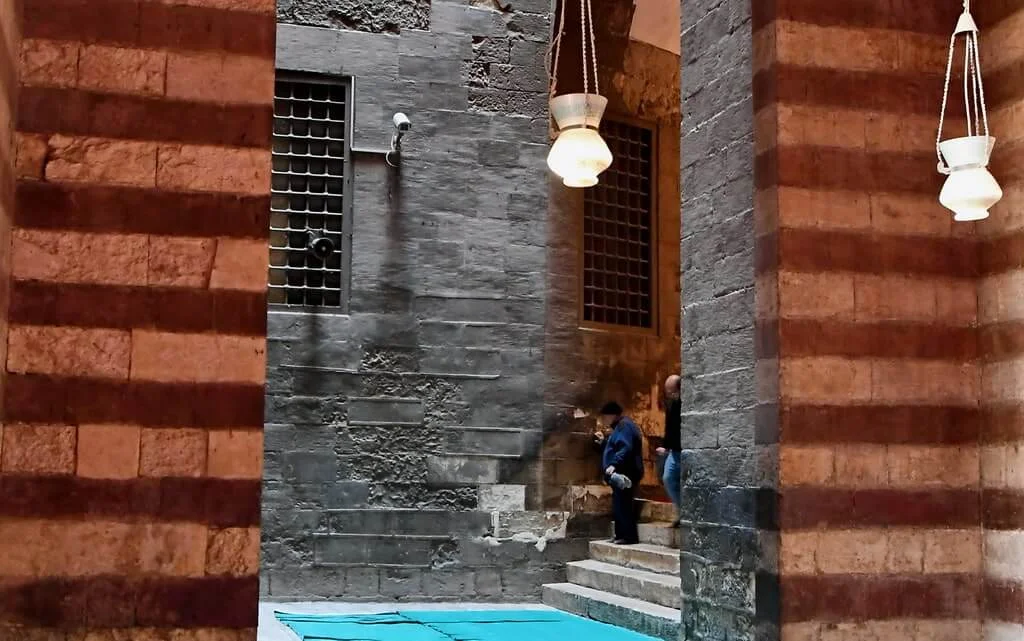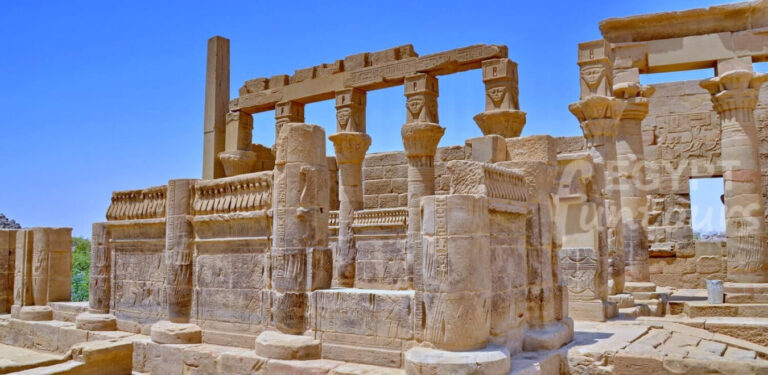Sultan Hassan Mosque
The Sultan Hassan Mosque is a monumental masterpiece. It stands as a testament to the architectural brilliance of the Mamluk era. Located in Cairo, Egypt, it’s more than just a place of worship. It’s a colossal fortress of stone, a school of thought, and a beacon of Islamic artistry. Explores its rich history, unique design, and enduring legacy.

